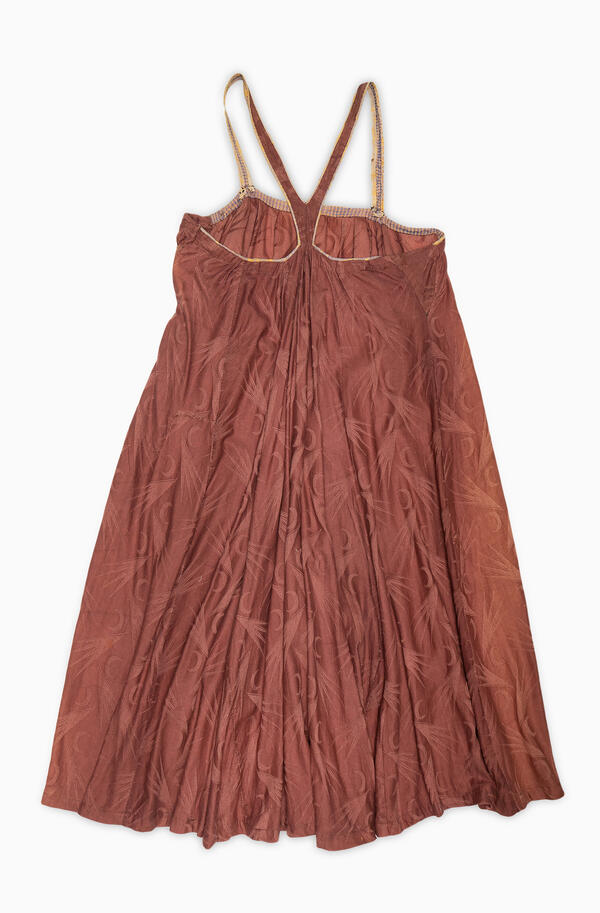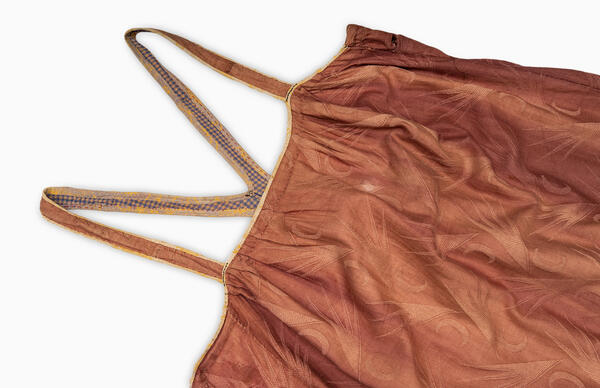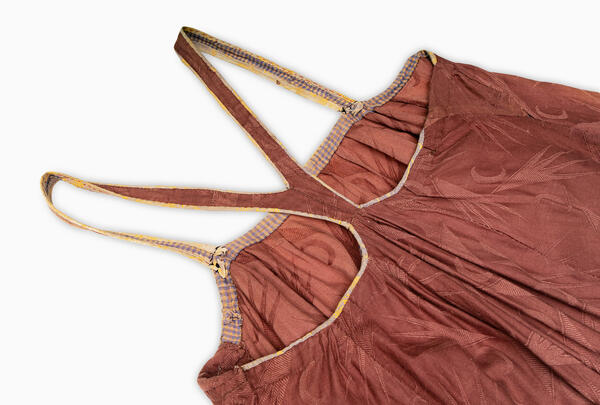Sarafans are known from Russian written sources since the 14th century. The first mention of them dates back to 1376. The very name of the garment originated from the Iranian words “sarapa” or “sarараi”, which meant “dressed from head to feet.” This was the name of long men’s clothing with sleeves. The sarafan appeared in the women’s wardrobe only in the 15th century.
The style of folk clothing has always been adapted to the peculiarities of everyday life. The clothes had to be light, non-restrictive and at the same time warm enough to protect from the weather. Sewing shirts and sarafans almost did not require the use of scissors, and there was practically no fabric waste. A small number of straight seams shortened the time of making clothes and did not require much skill from the seamstress.





